Related Research Articles
John Creasey was an English author known mostly for detective and crime novels but who also wrote science fiction, romance and westerns. He wrote more than six hundred novels using twenty-eight different pseudonyms.

John Gilling was an English film director and screenwriter, born in London. He was known for his horror movies, especially those he made for Hammer Films, for whom he directed The Shadow of the Cat (1961), The Plague of the Zombies (1966), The Reptile (1966) and The Mummy's Shroud (1967), Cross of the Devil (1975), among others.

William H. Daniels ASC was a film cinematographer who was Greta Garbo's personal lensman, serving as the cinematographer for such Garbo-starring films as Torrent (1926), The Mysterious Lady (1928), The Kiss (1929), Anna Christie, Romance, Grand Hotel (1932), Anna Karenina (1935), and Camille (1936). Early in his career he worked regularly with director Erich von Stroheim, providing cinematography for such films as The Devil's Pass Key (1920) and Greed (1924). Daniels went on to win an Academy Award for Best Cinematography for his work on The Naked City (1948).

Rossano Brazzi was an Italian actor. He moved to Hollywood in 1948 and was propelled to international fame with his role in the English-language film Three Coins in the Fountain (1954), followed by the leading male role in David Lean's Summertime (1955), opposite Katharine Hepburn. In 1958, he played the lead as Frenchman Emile De Becque in the Rodgers and Hammerstein musical South Pacific. His other notable English-language films include The Barefoot Contessa (1954), The Story of Esther Costello (1957), opposite Joan Crawford, Count Your Blessings (1959), Light in the Piazza (1962), and The Italian Job (1969).
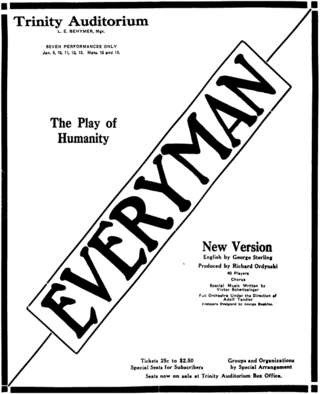
George James Hopkins was an American set designer, playwright and production designer.

Torin Herbert Erskine Thatcher was a British actor who was noted for his flashy portrayals of screen villains.
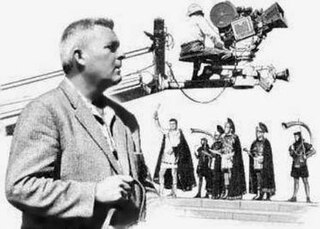
Russell Metty, A.S.C. was an American cinematographer who won the Academy Award for Best Cinematography, Color, for the 1960 film Spartacus.
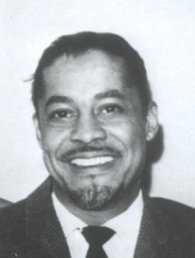
Ernest Aaron Freeman was an American pianist, organist, bandleader, and arranger. He was responsible for arranging many successful rhythm and blues and pop records from the 1950s to the 1970s.

Paolo Stoppa was an Italian actor.
Mario Serandrei was an Italian film editor and screenwriter.

I'm the Capataz is a 1951 Italian western-comedy film directed by Giorgio Simonelli, and starring Renato Rascel, Silvana Pampanini and Marilyn Buferd.
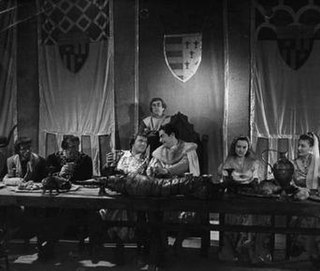
The Captain of Venice is a 1951 Italian historical adventure film directed by Gianni Puccini and starring Leonardo Cortese, Mariella Lotti, and Andrea Checchi.

Cyril Chamberlain was an English film and television actor. He appeared in a number of the early Carry On, Doctor and St. Trinian's films.
Maclean Rogers was a British film director and screenwriter.
Nora Gordon was a British film and television actress. She was married to Leonard Sharp. Her daughter was the actress Dorothy Gordon. She also appeared in a number of British Ministry of Information films, notably during World War II.
James Wilson was a British cinematographer.
Douglas Myers (1910–1962) was a British film editor.
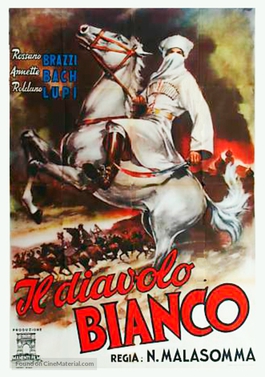
The White Devil is a 1947 Italian historical adventure film directed by Nunzio Malasomma and starring Rossano Brazzi, Annette Bach and Roldano Lupi. It is based on Leo Tolstoy's 1912 novella Hadji Murat.

The Black Panther is a 1942 Italian crime film directed by Domenico Gambino and starring Leda Gloria, Dria Paola and Lauro Gazzolo. It was shot at the Titanus Studios in Rome. The film's sets were designed by the art directors Arrigo Equini and Vincenzo Pantano.
References
- ↑ Palmer & Riley p.164